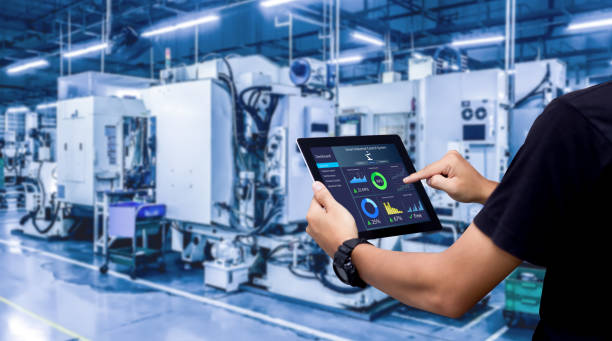AI can Help for Future in Electrical, Electronics and Automation Fields

AI can significantly benefit the fields of Electrical, Electronics, and Automation by providing enhanced capabilities and efficiencies. Here are several ways AI can contribute: 1. **Predictive Maintenance:** AI can analyze historical data from sensors and equipment to predict when machinery or components are likely to fail. This allows for proactive maintenance, reducing downtime and improving overall system reliability. 2. **Energy Management:** AI algorithms can optimize energy consumption in electrical systems by analyzing usage patterns and adjusting settings in real-time. This helps in reducing energy costs and improving efficiency. 3. **Fault Detection and Diagnostics:** AI can identify anomalies or faults in electrical circuits or automation systems by analyzing data in real-time. This enables quick detection of issues, minimizing downtime and preventing potential damage. 4. **Process Optimization:** In automation, AI can optimize manufacturing processes by learning from data and adapting to changes. This can lead to improved efficiency, reduced waste, and enhanced overall productivity. 5. **Smart Grids:** AI plays a crucial role in the development of smart grids. It helps in managing and controlling power distribution efficiently, integrating renewable energy sources, and balancing supply and demand dynamically. 6. **Robotics and Automation:** AI is at the core of advancements in robotics and automation. It enables machines to learn and adapt to new tasks, improving precision, speed, and flexibility in manufacturing and other processes. 7. **Circuit Design:** AI algorithms can assist in the design of electronic circuits, helping engineers optimize layouts, choose components, and simulate performance, leading to more efficient and reliable designs. 8. **Autonomous Systems:** AI-powered autonomous systems, such as drones or autonomous vehicles used in industrial settings, can enhance monitoring, inspection, and maintenance processes. 9. **Quality Control:** AI-based image recognition and machine learning can be employed for quality control in manufacturing processes, ensuring that electronic components and products meet the required standards. 10. **Human-Machine Interaction:** Natural Language Processing (NLP) and computer vision technologies enable more intuitive interaction between humans and machines, making it easier to control and monitor complex systems. In summary, AI brings about improvements in predictive capabilities, efficiency, and decision-making across various aspects of Electrical, Electronics, and Automation systems, contributing to more intelligent and adaptive technologies.